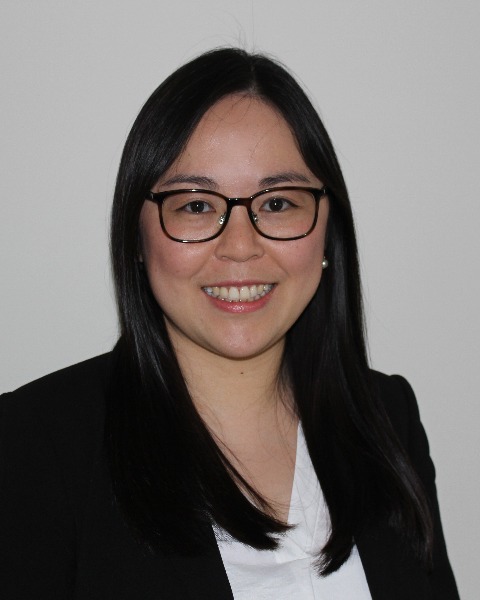Quality Improvement/Patient Safety
Session: Quality Improvement/Patient Safety 1 Works in Progress
WIP 122 - Improving Care on Follow-Up Visits for Attention-Deficit/Hyperactivity Disorder through Comprehensive Documentation
Monday, May 6, 2024
9:30 AM - 11:30 AM ET
Poster Number: WIP 122
Publication Number: WIP 122.2652
Publication Number: WIP 122.2652

Sammie Lai, MD (she/her/hers)
Resident Physician
University of Florida College of Medicine
Jacksonville, Florida, United States
WIP Presenting Author(s)
Background: Attention-Deficit/Hyperactivity Disorder (ADHD) is the most common neurobehavioral disorder in children with a prevalence of 9.4% and frequently presents with comorbidities. Successful ADHD management requires continual reassessment of symptoms (1), comorbidities (2), medication adherence (3), side effects (4), anthropometrics (5), and behavioral changes (6). Documentation is crucial for optimal care, billing, and communication among the healthcare team. We noted deficiencies in documentation in our local clinics that we felt were impeding care and impacting revenue. We aim to improve care for these patients by optimizing documentation at follow-up visits.
Objective: Specifically, we aim to:
1. increase the percentage of visits at which all 6 elements are documented by 50% in 6 months
2. increase the average number of elements documented by 50% in 6 months
3. >80% of providers prefer the new documentation process for ADHD follow-up visits (survey)
Design/Methods: This quality improvement project (IRB waiver obtained) will be performed in the pediatrics community clinics at the University of Florida, Jacksonville. The inclusion criteria are ADHD follow-up visits in children who were diagnosed with ADHD between 4 and 18 years of age. We will collect baseline data from 4/2023-9/2023, and intervention data monthly. We will record whether each of the 6 elements was documented, along with preferred language, race, and ethnicity data to assess for disparities and ensure the project does not exacerbate them. We will plot these data on appropriate statistical process control charts to monitor performance and inform future interventions. In addition to education, we have created and done a trial of dot phrases containing all the elements with drop-downs for easy, efficient documentation. We will complete baseline data collection by October, start interventions in November, and have complete data for the project spanning 3- 4 intervention cycles for presentation in May. We will survey providers on their satisfaction with the process in March in lieu of a balancing measure.
